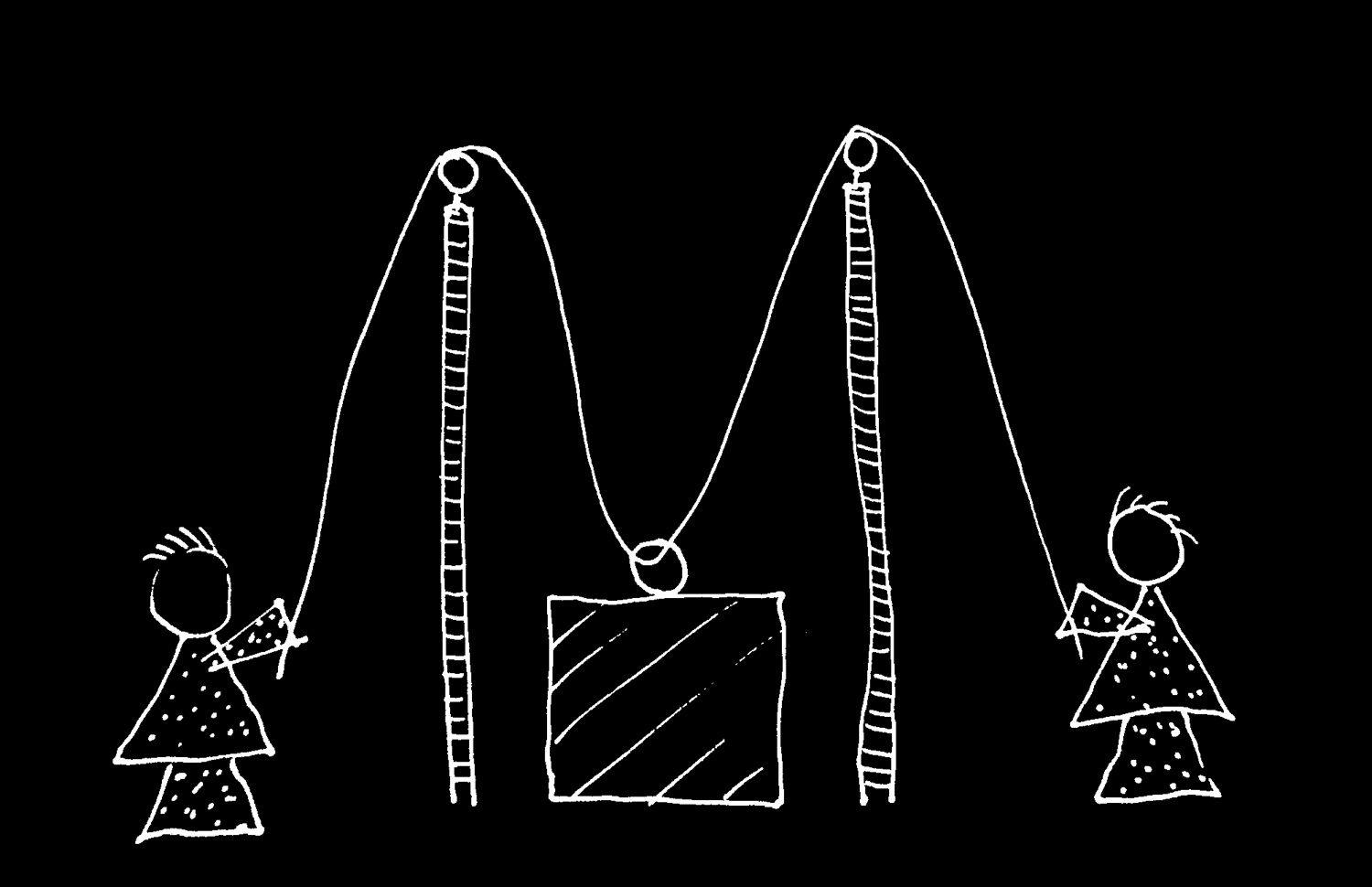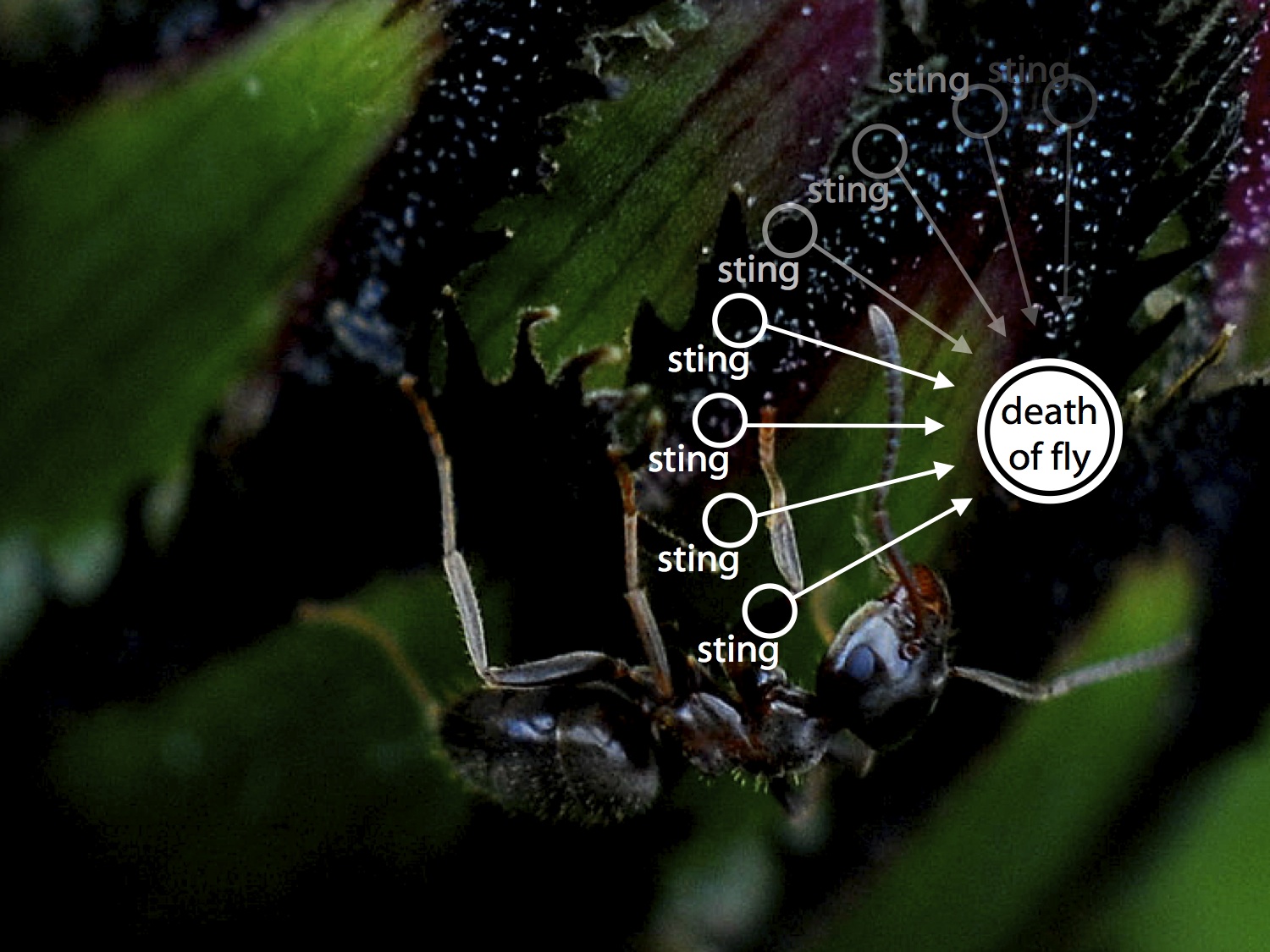Click here and press the right key for the next slide.
(This may not work on mobile or ipad. You can try using chrome or firefox, but even that may fail. Sorry.)
also ...
Press the left key to go backwards (or swipe right)
Press n to toggle whether notes are shown (or add '?notes' to the url before the #)
Press m or double tap to slide thumbnails (menu)
Press ? at any time to show the keyboard shortcuts
Togetherness vs the Simple Theory of Joint Action
The Simple Theory
Two or more agents perform an intentional joint action
exactly when there is an act-type, φ, such that
each agent intends that
they, these agents, φ together
and their intentions are appropriately related to their actions.

We each intend that we, you and I, cycle to school together.
Contrast:
We each intend that we, you and I, cycle to school together.
We each intend that we, you and I, cycle to school apart.

Are Ayesha and Beatrice
acting together?
Is Ayesha and Beatrice’s
lifting the block together
a joint action?
collective vs distributive
The tiny drops fell from the bottle.
- distributive
The tiny drops soaked Zach’s trousers.
- collective


Give another
collective-distributive
contrast pair.
The tiny drops fell from the bottle.
- distributive
The tiny drops soaked Zach’s trousers.
- collective
Their thoughtless actions soaked Zach’s trousers. [causal]
- ambiguous (really!)
Claim:
When collective, they act together.
The tiny drops soaked Zach’s trousers together.
The three legs of the tripod support the camera together.
Ayesha and Beatrice lifted the block together.
- In each case there is a collective interpretation.
- The collective interpretation is what makes ‘together’ appropriate.
- It is the same sense of ‘together’ in each case.
- The truth of the collective interpretation of (c) does not depend on there being any intentional joint action.
- So two or more people can do something together without thereby performing a joint action

We each intend that we, you and I, cycle to school together.